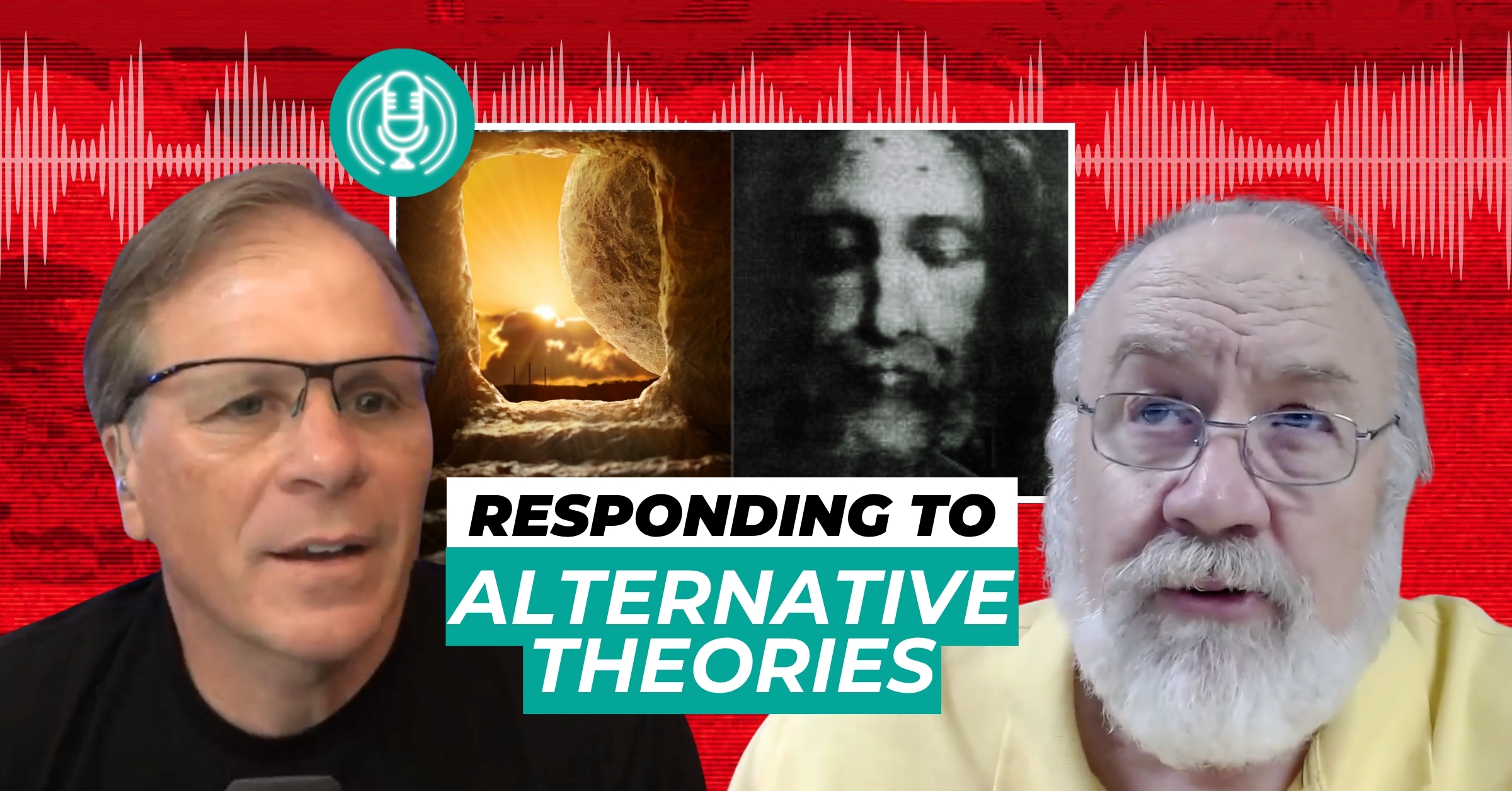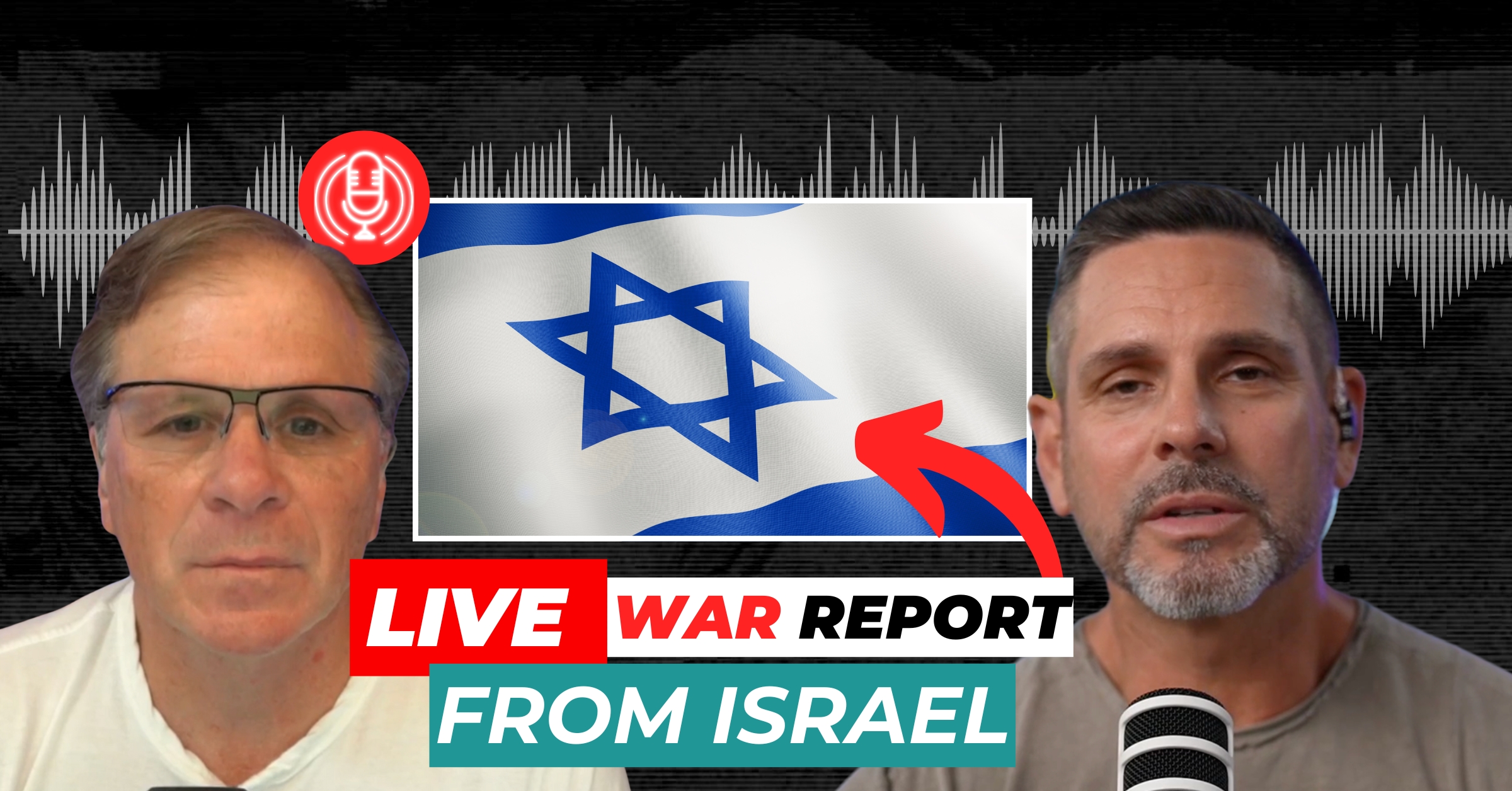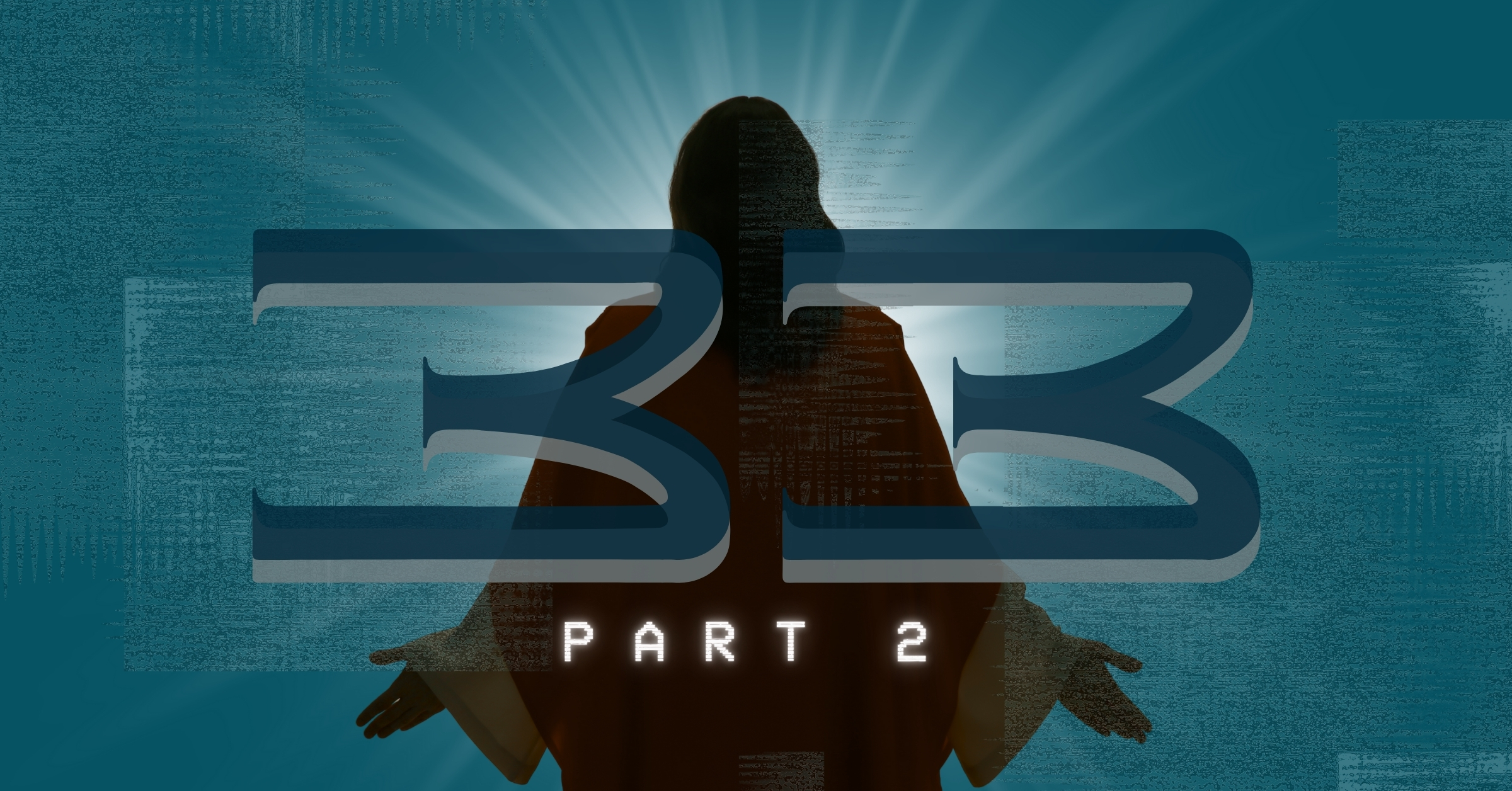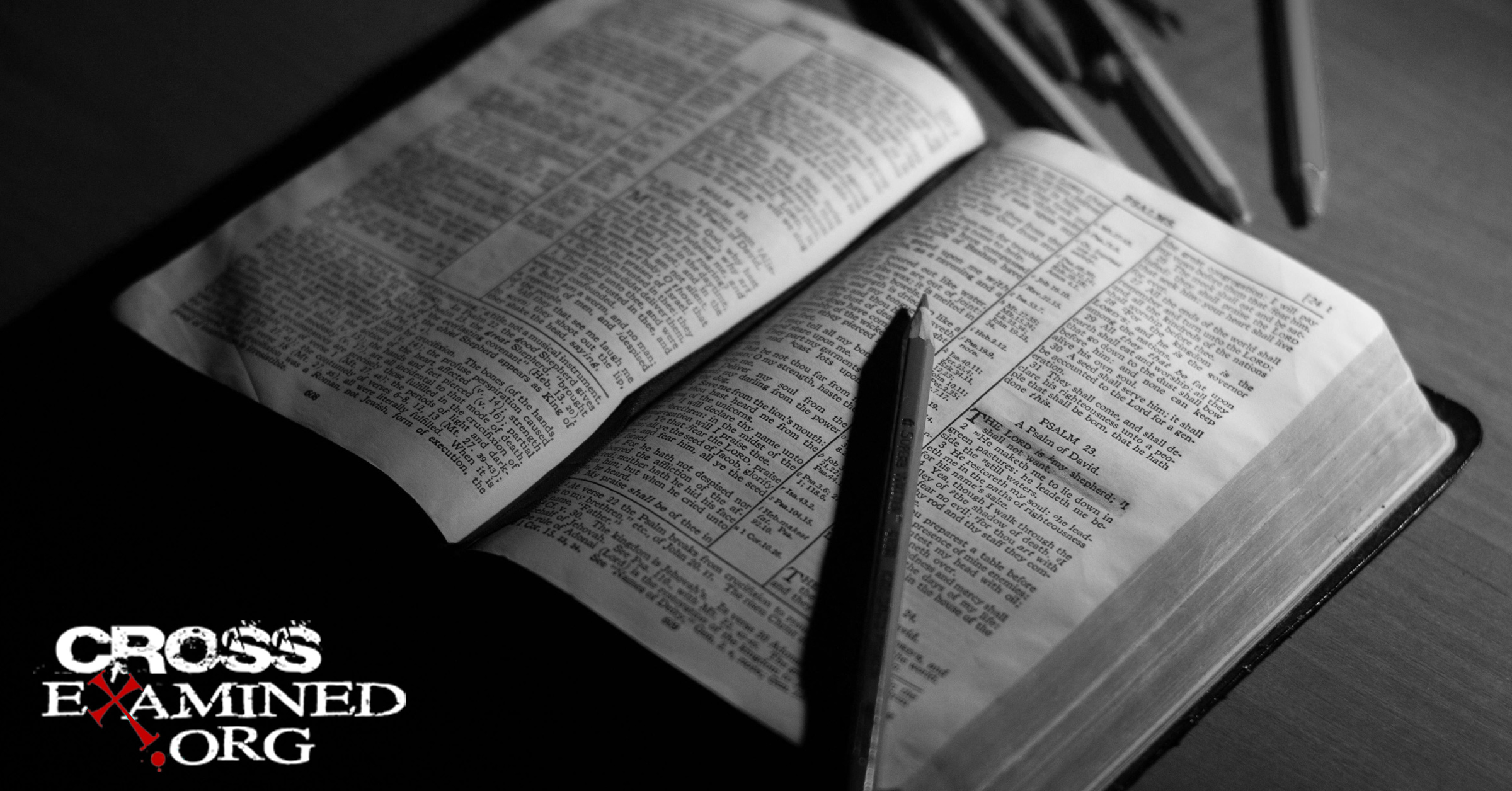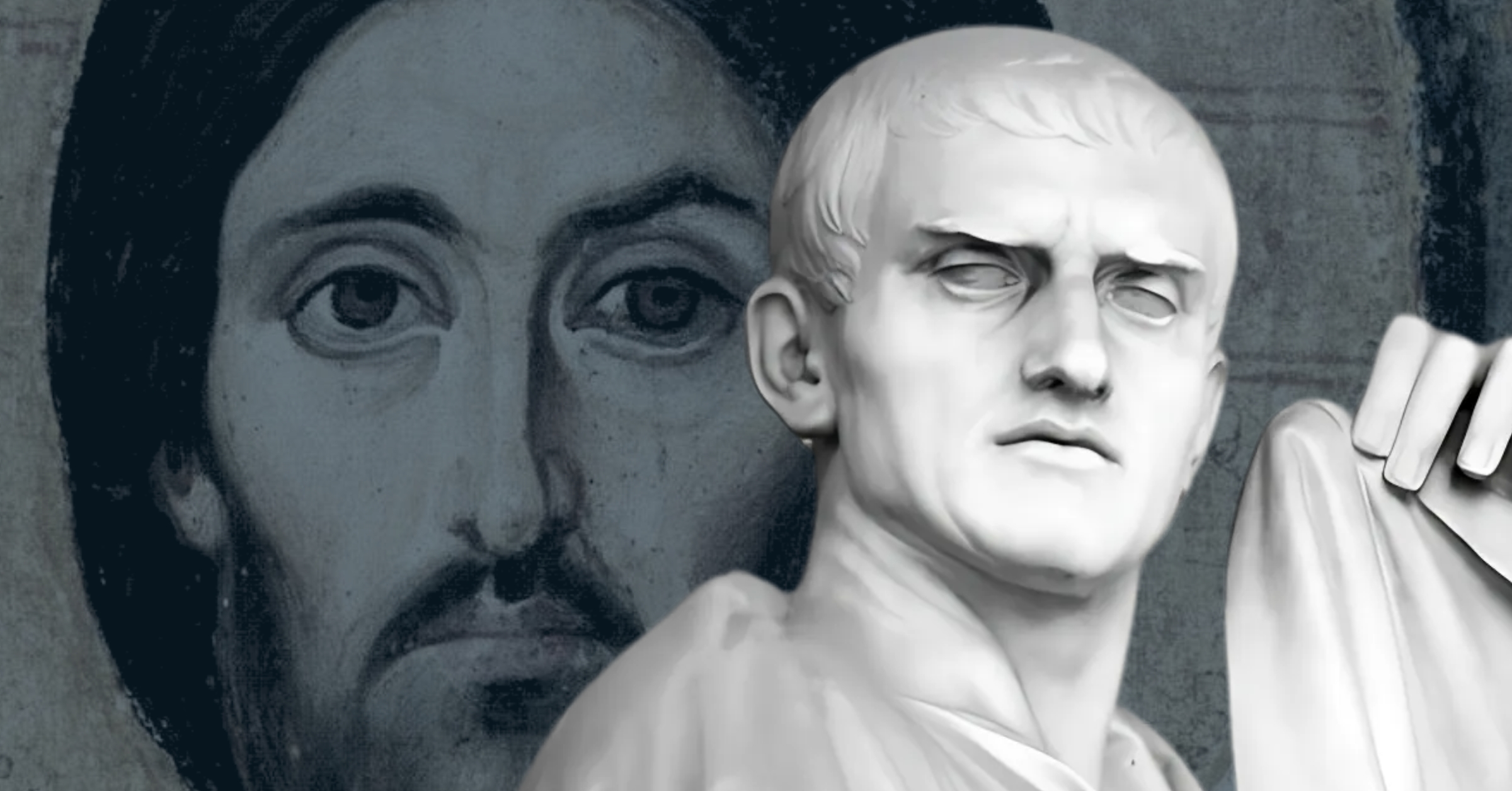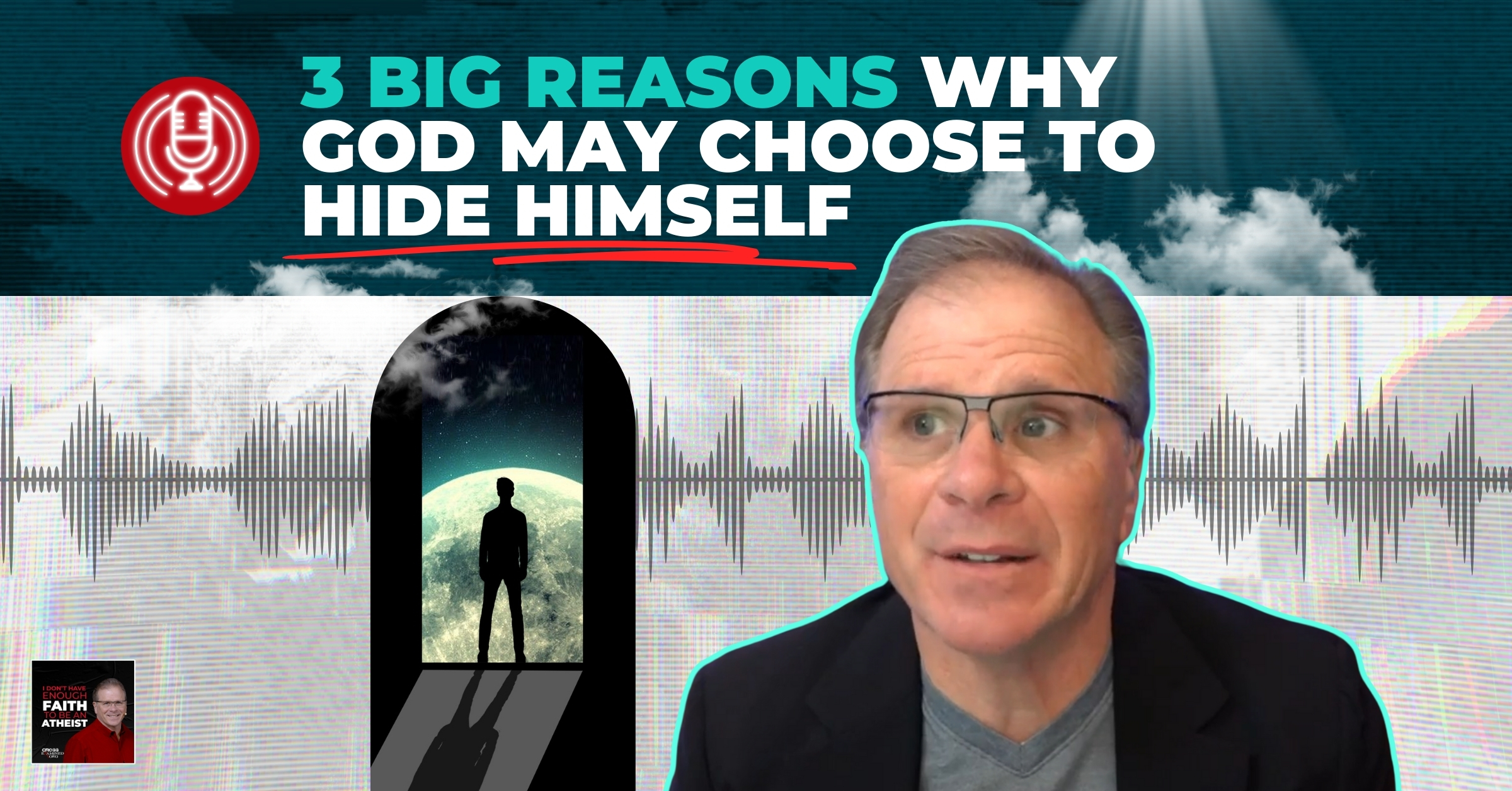Jesus Of Nazareth Is the most disputed character in history. Most of the world’s religions incorporate him into their teaching, whether as a morally perfect prophet (Islam), a divine manifestation (Baha’i), or a reincarnated god (Hinduism). Buddhists believe he is a grace-giving demigod or even a Buddha. Christian cults like the Jehovah’s Witnesses and the Mormon Church readily incorporate Jesus as a partial divine, more than man but less than the full deity of Father God. Almost all of Judaism rejects Jesus as a false prophet, a mere mortal, and a failed messiah.[1] Meanwhile Atheists and skeptics tend to see Jesus as a liar or a lunatic. Mythicists debate his very existence with skeptical weapons set on eleven.

Clearly, Jesus of Nazareth is a contentious character. So we should not be surprised that Christian history has held many theological battles in the theatre of Christology (theology about Jesus). The church has fought hard to answer, “Who is Jesus?” If He is, indeed, “the way the truth and the life” and “salvation is found in no other name” then we should make sure we aren’t dealing with a distorted pseudo-Jesus (John 14:6; Acts 4:12). Theological integrity is a matter of ultimate importance here. Heresies about Jesus (a.k.a., christological heresies) make for an important study because Jesus is the most important person there is.
What is a Heresy?
First, we may ask, what is a heresy? The short answer is, “aberrant teaching.” A heresy is some teaching which departs from core Christian teaching. But that definition is a little unclear. It doesn’t really help quell the human habit of exaggerated accusations – where people are liable to call most anything heresy, even if it’s just a different option within historic Christianity. Nor does that definition help distinguish between denominational versus heretical disagreements.
Often people throw around the term “heresy” with little concern for the implications of this imposing term. Heresy is a libelous term and shouldn’t be used lightly. For our purposes here, we need to see what really qualifies as heresy. But to do this, we need to know, “what is orthodoxy?”
Orthodoxy (Lat., “right doctrine/teaching”) refers to the established, agreed-upon, and time-tested theology of the historic Christian faith (incl., Catholics, Protestants, and Eastern Orthodox). A similar concept is orthopraxy (Lat. “right practice”). Sometimes these notions, right-practice and right-teaching, are fused under the parent-term orthodoxy. We’re just looking at teachings about Jesus Christ, what theologians call “Christology.” So, we don’t need to address orthopraxy here.
There is a lot of gray area in the notion of “orthodoxy,” and there are many disputes over particular teachings and whether they count as heresy, such as “open theism,” or “baptismal regeneration.” But we have an imperfect yet reliable way to identify what is probably orthodox and what is probably not.
- Does it pass the test of Apostolicity (it is affirmed implicitly or explicitly by the teachings of the prophets and apostles in biblical times)?
- Does it pass the test of Scripture/Canonicity (it aligns fairly and completely with the Canon Scripture)?
- Does it pass the test of Creedal History (it is affirmed within the history of church creeds and councils)?
- Does it pass the test of Catholicity (it has universal or near universal acceptance by the church)?
- Does it pass the test of History (it is affirmed within the collective teachings and traditions of the church over it’s history)?
- Does it pass the test of the Church Fathers (it is affirmed within the teachings of the Church Fathers)?
These tests are the various ways the church has been checking ideas for theological integrity over the whole course of church history. You can skim any of the Ecumenical Church councils and see each of these criteria in action. These tests aren’t implemented equally by all denominations, nor are these tests collectively used by each Christian faith tradition. But together these tests constitute a good approximation for how to discern orthodoxy. This rubric is imperfect in that some orthodox ideas only satisfy a few of these tests. But this rubric is reliable in that there’s no orthodox idea which fails all of these tests.
Deviations from orthodoxy are called heterodoxy. Not all heterodox teachings would count as heresy because something could lie outside of orthodox teaching, but it’s not important enough, it doesn’t carry enough consequence, or it’s too much of a terminological dispute (just haggling over word choice, without any other significance underneath). For example, it would be heterodox to teach that Jesus’s favorite number was 9, or that all church buildings should be cross shaped, or that women and men have to partake of communion on different days of the week, or that church services will be meeting only on ground that’s been blessed by a saint.
Compared to orthodoxy, the term “heresy” is referring to some teaching or practice which deviates in a contradictory way from orthodoxy. That is, heresy deviates from the established and agreed-upon central teachings in historic Christianity.
What is Historic Christianity?
By “historic christianity” is meant the church universal over the course of it’s history. That includes, Catholics, Protestants, and Eastern Orthodox. there is a continuum of development–as the church refines it’s teaching and practices over time. And there are denominational differences between and within these schools of thought. But the changes are not heresy unless (1) they step outside of the agreed-upon theological options vetted across church history (such as the 7 ecumenical councils, Vatican II, the test of Scripture, Apostle’s creed, etc.), and (2) they address a central teaching of the church, such as a creedal statement or a salvation teaching. For example, many of the teachings of the 2nd century Church Father Origen were not considered heresy at the time, but were later deemed heretical. There is grace for him, however, since the collective wisdom of the church had not yet aligned on the finer points of theology which he transgressed. Like the rest of us, Origen was responsible for what he was able to know, not for what he was couldn’t have known at the time.
What then is the orthodox teaching about Jesus Christ?
Getting Christ Right: Orthodox Christology
Orthodoxy: Jesus is revealed in the Bible as the promised and prophesied Messiah, fully God,
fully man, born of a virgin yet eternal and unborn, equal deity with the Father and with the Holy Spirit, sinless and miracle worker, second person of the Trinity, who died by crucifixion, was buried, who rose bodily the third day, into the same but glorified body, having died for the sins of the world, such that faith in Him as God and savior is the only means of salvation, by grace and not by the works of other men, and He will return to judge all people and He reigns forevermore.
Christological Heresies
Ebionism: Originated in the1st-2nd cent. Jesus was only man, not God. *Heresy of the Ebionites.*From the Hebrew word “ebyon,” meaning “poor” which was the name chosen by an early and self-debasing Jewish sect for which this heresy is named. *They focused on Jesus’ teaching, “blessed are the poor in spirit.” *Deny Deity of Christ. *Deny virgin birth. Deny Jesus’ preexistence (before being born on earth). *Condemned in the Council of Nicea in 325AD.
Docetism: Orig., 3rd cent. Jesus was only God, not man *AKA: Illusionism. *From the Greek “Doketai” meaning “to seem.” *Jesus only seemed to be human but was in reality only God. *First mentioned in the early 3rd century but was found in various views including Marcionism and Gnosticism. *Some assert that another person died in Jesus’ place on the cross. *Condemned in the Council of Chalcedon 451.
Adoptionism: Orig., 2nd cent. Jesus was man who became Christ or God by adoption. *AKA: Dynamic Monarchianism. *Jesus was a righteous man who became the Son of God by adoption. *The adoption was at baptism where the Spirit or “Christ” descended on Him. *Some think He became “God” at the Resurrection. *Earliest expression of this view was in the Shepherd of Hermas. *Also affirmed by Theodotus. *Rejected by the church in the 2nd and 8th centuries. *Compatible with Arianism. *Condemned in 325 at the Council of Nicea.
Arianism: Orig., 4th cent. Jesus was a demigod, between God and man. *Jesus was less than God but more than man. *Jesus was created, finite, and could sin. *Similar to ebionism and compatible with adoptionism. *Advanced by 4th Century Bishop Arius. *It took 18 church councils to resolve the issue, most of them elaborating on the Nicene Council. *Condemned in 325 at the Council of Nicea.
Apollinarianism: Orig., 4th cent. Jesus had no human mind. *Jesus lacked a human mind/soul, having instead a divine mind. *Jesus had all the other parts of a human however: spirit, body, and animal soul (the animating force but not the intellect or spirit). *Espoused by Apollinarius in the 4th century. *Condemned in the 4th century, in 381 at the First Council of Constantinople.
*see a review of this article “Not My Jesus, Part 1” by William Lane Craig at Reasonable Faith*
Monophysitism: Orig., 5th cent. Jesus had only one divine nature and no human nature. *AKA: Eutychianism, named after its founder Eutychus. *Jesus had only one nature the divine nature which absorbed and nullified any human nature. *Affirms that Jesus is both divine and human, but not “fully” human. *Slightly different from Apollinarianism. This view asserts that Jesus had one nature, while Apol. asserts Jesus had one soul. *Condemned at the Council of Chalcedon 451.
Nestorianism: Orig., 5th cent. Jesus has two unmixed, unrelated, natures. *Jesus is two distinct natures, and only one, the human nature, was birthed by Mary. *Nestorius (5th cent.) vigorously opposed the phrase “[Mary] Mother of God” (Theotokos), preferring the phrase “Mother of Christ” (Kristotokos). *The human and divine natures are separate and distinct. *Condemned at the Council of Ephesus in 431AD.
Monothelitism: Orig.: 7th cent. Jesus lacked a human will. *Originally taught in 633AD in Armenia and Syria by Vigilius and Pope Honorius. *Affirmed Jesus’s human and divine natures, but denied that Jesus had two wills. *Jesus’s divine will meant he would not/could not have conflicted desires. *Condemned in the Third Council of Constantinople, 680-681AD
Mythicism: Orig., 19th cent. Jesus was only a mythical character. *Originally taught by Charles Francois Dupuis (1742-1809). There are two-major variations. Strong mythicism teaches that there was no historical Jesus, a.k.a., Jesus of Nazareth. Weak Mythicism teaches that the “Jesus of faith” is radically different from the Jesus of history who was, instead, either a mere mortal subject to evolving myth and legend or he is an amalgam of characters and events fused together in the course of legendary accrual.
References:
[1] Judaism overwhelmingly rejects Jesus as the Messiah. This majority includes almost all Jewish denominations or sects including Orthodox/Rabbinic, Conservative, Reform, Karaite, Samaritan, Reconstructionist, Secular, Sephardic, and Hasidic Judaism. All broadly unite in the rejection of Jesus as Divine and as Messiah. The exception is Messianic Judaism, sometimes called “Fulfilled” Judaism, which is typically categorized as a Christian denomination instead of a Jewish sect properly. The conventional categories, however, are subject to debate since Messianic Jews, arguably, are an authentic hybrid of Jewish and Christianity identity–truly Jewish and truly Christian–with no theological compromise or revision on either front. This unique and uncompromised status would be in contrast to other alleged “hybrids” like Sikhism (supposedly hybridizing Islam and Hinduism), or Nation of Islam (supposedly Islamic plus Black Theology).
Recommended Resources:
Jesus, You and the Essentials of Christianity by Frank Turek (INSTRUCTOR Study Guide), (STUDENT Study Guide), and (DVD)
How to Interpret Your Bible by Dr. Frank Turek DVD Complete Series, INSTRUCTOR Study Guide, and STUDENT Study Guide
Can All Religions Be True? mp3 by Frank Turek
How Can Jesus be the Only Way? Mp4, Mp3, and DVD by Frank Turek
Dr. John D. Ferrer is a speaker and content creator with Crossexamined. He’s also a graduate from the very first class of Crossexamined Instructors Academy. Having earned degrees from Southern Evangelical Seminary (MDiv) and Southwestern Baptist Theological Seminary (ThM, PhD), he’s now active in the pro-life community and in his home church in Pella Iowa. When he’s not helping his wife Hillary Ferrer with her ministry Mama Bear Apologetics, you can usually find John writing, researching, and teaching cultural apologetics.
Originally posted at: https://bit.ly/3TAWiy6


